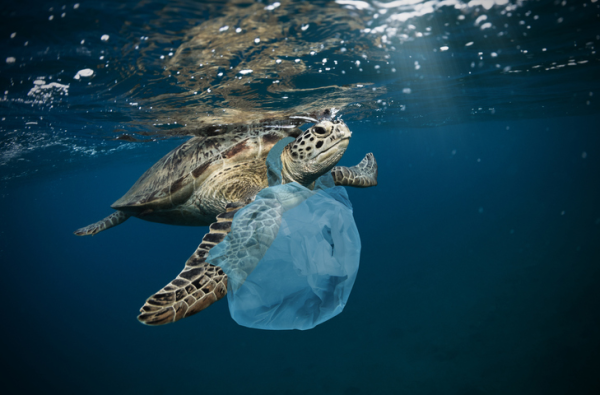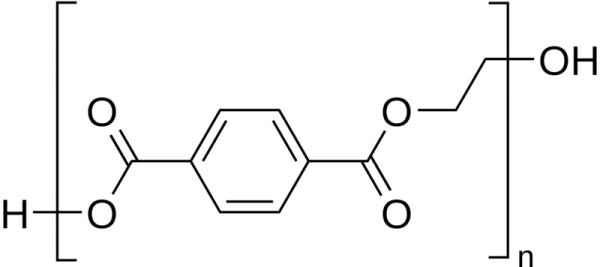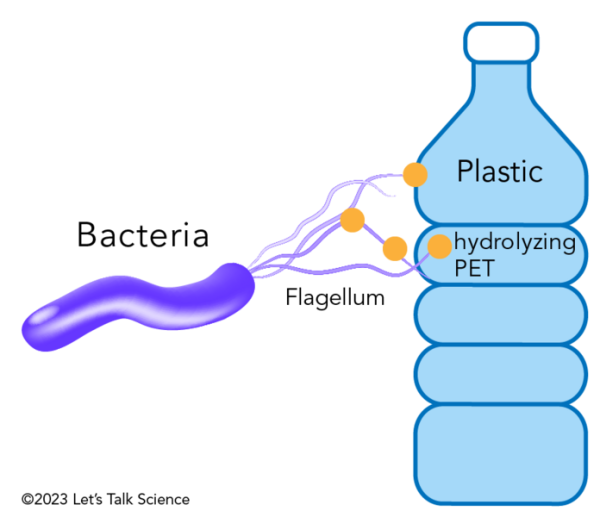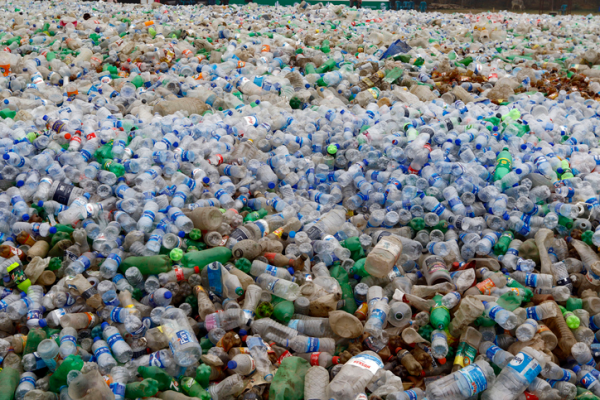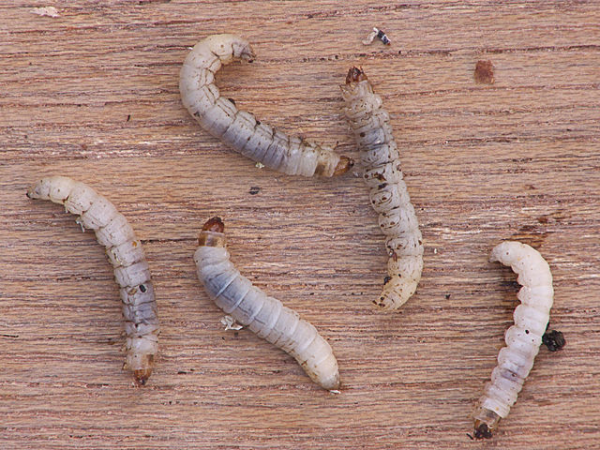Plastic-Eating Bacteria: Nature's Recyclers
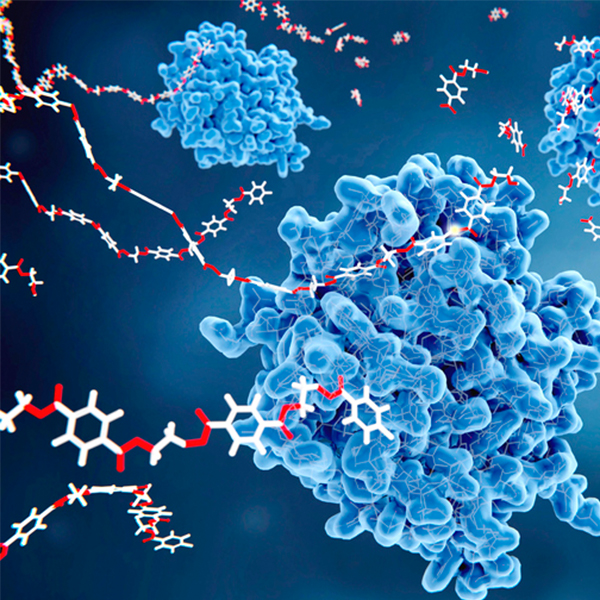
PET and PETase (JUAN GAERTNER/SCIENCE PHOTO LIBRARY, Getty Images)

PET and PETase (JUAN GAERTNER/SCIENCE PHOTO LIBRARY, Getty Images)
6
How does this align with my curriculum?
BC
12
Anatomy & Physiology 12 (June 2018)
Big Idea: Homeostasis is maintained through physiological processes.
YT
12
Anatomy & Physiology 12 (British Columbia, June 2018)
Big Idea: Homeostasis is maintained through physiological processes.
NU
11
Knowledge and Employability Science 20-4 (Alberta, 2006)
Unit C: Disease Defence and Human Health
YT
8
Science Grade 8 (British Columbia, June 2016)
Big Idea: Life processes are performed at the cellular level.
NT
11
Knowledge and Employability Science 20-4 (Alberta, 2006)
Unit C: Disease Defence and Human Health
AB
4
Science 4 (2023)
Matter: Understandings of the physical world are deepened by investigating matter and energy.
